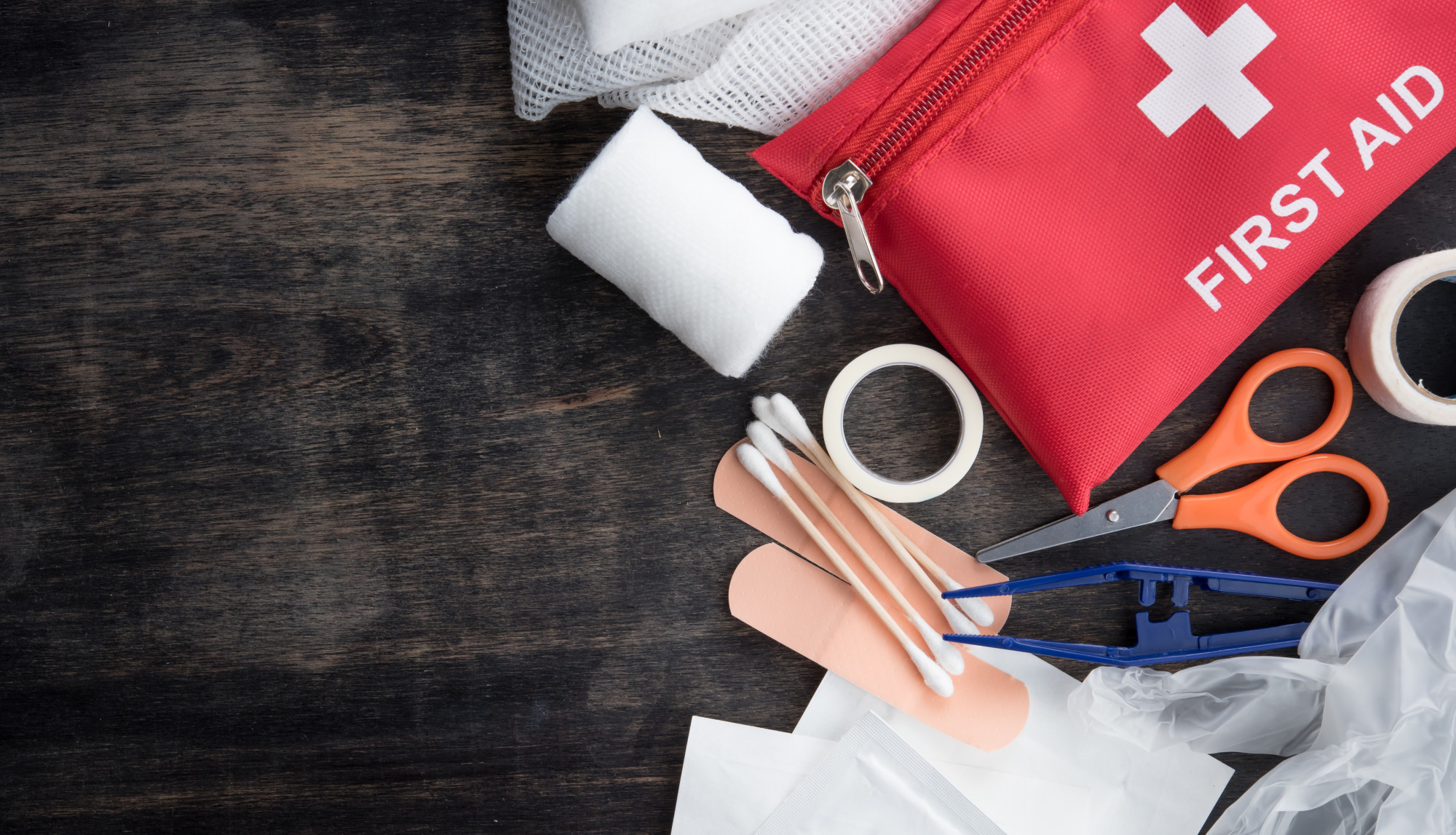Stay Prepared: 5 First Aid Supplies That Should be in Your Kit

Modern living is dynamic and fast-paced, and no matter how careful you are, accidents can happen. Whether you’re dealing with minor scratches or major injuries, having a first aid kit readily available can literally help save lives.
You can keep a first aid kit in your car and in your home so you always have access to it in case you need it urgently. You can buy an emergency kit in your local pharmacy or supermarket or assemble one on your own.
Read on to learn which first aid supplies you need to have in your first aid kit and how to use them in case of emergency.
1. Adhesive and Elastic Bandages
The most important first aid items in your kit are bandages of all kinds. You’ll need adhesive bandages in different shapes and sizes, as well as triangular bandages.
Your kit should also have elastic bandages for treating muscle sprains, bone fractures, and reducing blood flow in a particular area to prevent bleeding out.
2. Scissors and Tweezers
Scissors and tweezers are essential first aid medical supplies for cutting bandages and gauzes. You should use tweezers for removing foreign objects from wounds and applying sterile gauzes to the injury to avoid touching it with bare hands.
Scissors are especially useful in case you need to cut someone’s clothes to access a wound or replace a gauze. The scissors you use in your kit should be special medical-grade stainless steel scissors with blunt tips to avoid injuries.
3. Antiseptic Solution and Wipes
To disinfect wounds and minor skin injuries, you’ll need an antiseptic solution and wipes in your first aid supply kit. Use an antiseptic in small amounts and only on smaller wounds. Do not use on bleeding wounds, open wounds, or a large area of the skin.
Antiseptics are for topical use only. You or the person you’re treating should not take them by mouth, swallow them, or ingest them in any way.
4. Sterile Gauze Pads
Sterile gauze pads are essential medical supplies for treating open wounds and injuries. They can help prevent infections, stop bleeding and keep the area around the wound protected from dirt and bacteria.
Aside from gauze pads, you’ll also need an adhesive cloth tape to help the gauze stay in place, as well as some type of ointment to apply to the gauze before putting it on the open wound.
5. Aspirin and Other Essential Medications
A first aid kit is not complete without essential medications like aspirin, antibiotics, and painkillers. For example, in case of a suspected heart attack, aspirin as a blood-thinning agent can help reduce the clotting. However, you should never give aspirin in cases of active bleeding or suspected stroke.
Other medications to have in your first aid kit include ibuprofen, paracetamol, cough and cold medications, laxatives, skin rash creams, and personal medications.
Be Prepared for an Emergency With These Essential First Aid Supplies
Whether you’re at home or on the road, having an emergency kit of first aid supplies can make all the difference and even save someone’s life until an ambulance arrives.
Want more health and wellness tips? Read the rest of the articles we have on these topics and learn how to keep yourself and your family healthy in case of an emergency.



